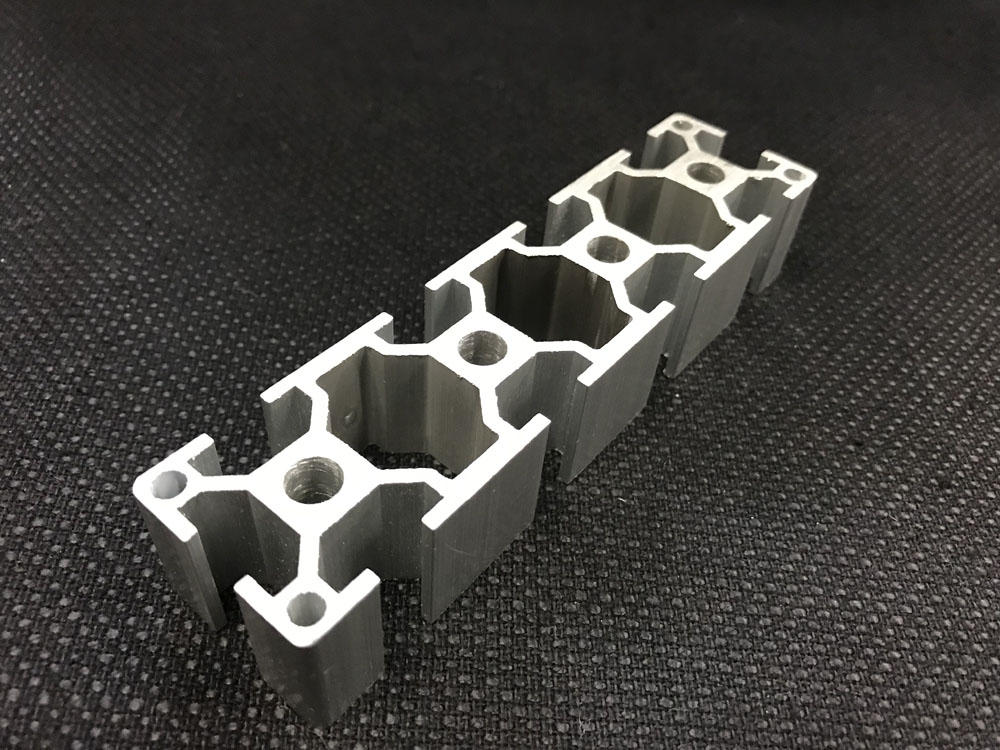December 2, 2019
What is surface treatment? Surface treatment is a process you would apply to a material’s surface, to ultimately improve it in a certain way.
There are many ways you may wish to improve the surface of a material; whether it be by removing burrs; increasing a material’s resistance to corrosion and wear or improving a material’s surface finish. You name it.
Surface treatment can serve many purposes and are used extensively to treat aluminium extrusions.
A wide variety of industrial processes fall under the term ‘surface treatment.’ Below, we’ve broken down three examples of them for you:
Powder-coating:
Unlike the liquid paint that you use to paint your living room walls, powder-coating is not an evaporating solvent; powder-coating is a form of protection that we can apply as a free-flowing, dry powder. We would typically apply the powder coating electrostatically and then cure it under heat.
The colours on powder-coated finishes stay bright and vibrant for long periods. In addition to this, powder-coated finishes have a strong resistance to chipping, scratching and other forms of wear.
Not to mention, powder-coating is an environmentally friendly alternative to conventional painting. Unlike solvent-based paint, powder coatings release little to no Volatile Organic Compounds (VOCs) into the atmosphere.
In case you are unaware, VOCs are the harmful chemicals that you’ll find in paint; these chemicals are dangerous to people and the environment as a whole.
Anodising:
Anodising is a surface treatment process that involves increasing the natural oxide layer formed on an aluminium surface; this is done to preserve the metallic surface of the aluminium, making it appear more uniform.
Here’s how it works:
We lower the extrusion into an electrolyte bath and then pass an electric current through the solution. The bath has a cathode attached to it, and the aluminium acts as the anode. When the electric current is sent through, oxygen forms on the surface of the aluminium, creating an oxide layer.
Polishing:
Mechanical polishing is undoubtedly one of the most applied polishing technique in the metalwork industry.
Mechanical polishing involves the use of work wheels and belts to remove layers of materials from metal parts. The way the process is carried out depends on the condition of the raw part and the requirements for the surface finish.
Mechanical polishing is an operator-controlled, labour-intensive finish process, and so it can be difficult to achieve consistent results with this method without the necessary skillset.
At Orgbar Aluminium, we offer a wide selection of treated aluminium extrusions, tailored to suit almost any application. Contact us today to learn more.

